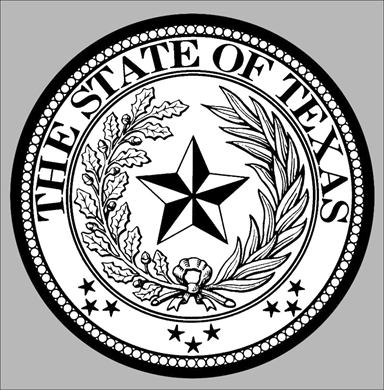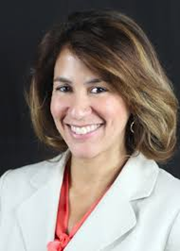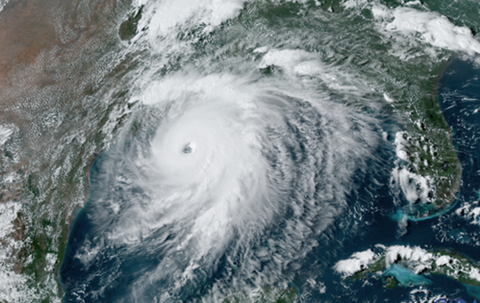How governors are spending CARES Act education funds – By Matt Zalaznick, District Administration
Many governors have prioritized strengthening online and remote learning in their states as they spend $3 billion in CARES Act education funding.
Some 36 governors have used CARES Act money to provide students with broadband while only 7 have spent funds on safety measures for reopening of schools, according to an analysis by FutureEd, an education think tank at Georgetown University, and nonprofit The Hunt Institute.
Alabama, for example, is equipping school buses with Wi-Fi routers while Montana is doing the same at local libraries.
For example, Tennessee Gov. Bill Lee will provide his state’s districts with $50 million in grants to buy laptops, tablets, and Wi-Fi devices.
Teacher professional development in remote instruction and online learning curriculums are being funded in 35 states, including:
- Idaho has teamed up with public television to develop an online learning program.
- Massachusetts is expanding online Advanced Placement and dual-enrollment classes.
- Oklahoma is awarding grants to families for tutoring and online curriculum.

Some Texas Teachers Are Starting the Year With Huge Salary Hikes - By Isobella Harkrider, Reform Austin.org
Some of Texas’ best educators will see a hike in their pay this fall. The Teacher Incentive Allotment approved during the last legislative session will provide high-performing teachers a boost in pay toward a whopping six-figure salary. The pay hikes are meant to keep the best Texas teachers in the classroom.
One Galveston elementary teacher received a salary increase of $27,250, bringing her salary to $90,000, the Houston Chronicle reported.
This past spring, districts interested in applying for the allotment went through an intensive multistep application process that included a review of educator evaluation plans, student progress measurements, and robust stakeholder engagement, a press release from the Texas Education Agency explains.
With TEA approval, districts can develop their own local designation system and phase in groups to include teachers from certain areas of study, such as math or science teachers one year and reading and others the next year.

Public schools will make ‘gradual’ transition to blended learning in October – By HNN Staff, Hawaii News Now
Public school parents should prepare for distance learning to continue into the second quarter, but schools will slowly transition to a blended model that includes some in-person instruction starting in mid-October, schools Superintendent Christina Kishimoto announced Thursday.
Kishimoto stressed there is no “one size fits all” approach to reopening Hawaii’s public schools.
Rather, she said that decisions on when — and how — to reopen public school campuses will be made at complex areas and based on new guidelines crafted by the state Health and Education departments.
One thing that is certain, however: Schools won’t be returning to a full in-person learning model until after winter break. “The second quarter will begin as a continuation of learning from home," Kishimoto said, adding the new guidelines include thresholds that help determine when schools can safely reopen — and when they should close. “Schools will begin communicating about what the second quarter instruction will look like."
She also said, “We cannot adopt a statewide approach for all schools.”

Superintendent Christina Kishimoto – from Hawaiipublicschools.org
Lake Charles schools suffer $300 million in damages from Hurricane Laura, superintendent says – By Will Sentell, The Advocate
The Lake Charles public school system sustained about $300 million in damages when Hurricane Laura struck southwest Louisiana on Aug. 27, education officials said Wednesday.
In addition, the Category 4 storm damaged 142 buildings on 13 college campuses statewide, Commissioner of Higher Education Kim Hunter Reed said.
Reed said colleges were closed from 1-8 days afters the storm upended roofs, broke windows, downed trees and caused flooding.
One college alone, McNeese State University in Lake Charles, suffered up to $200 million in wreckage, including 50 buildings on campus that lost roofs, according to Daryl Burckel, president of the school.
The grim picture was spelled out to the Senate Education Committee during a 3 1/2 hour public hearing.
Karl Bruchhaus, superintendent of the Calcasieu Parish School District, said the roughly $300 million in wreckage to his public schools is more than ten times what Hurricane Rita cost in 2005 – about $26 million.












